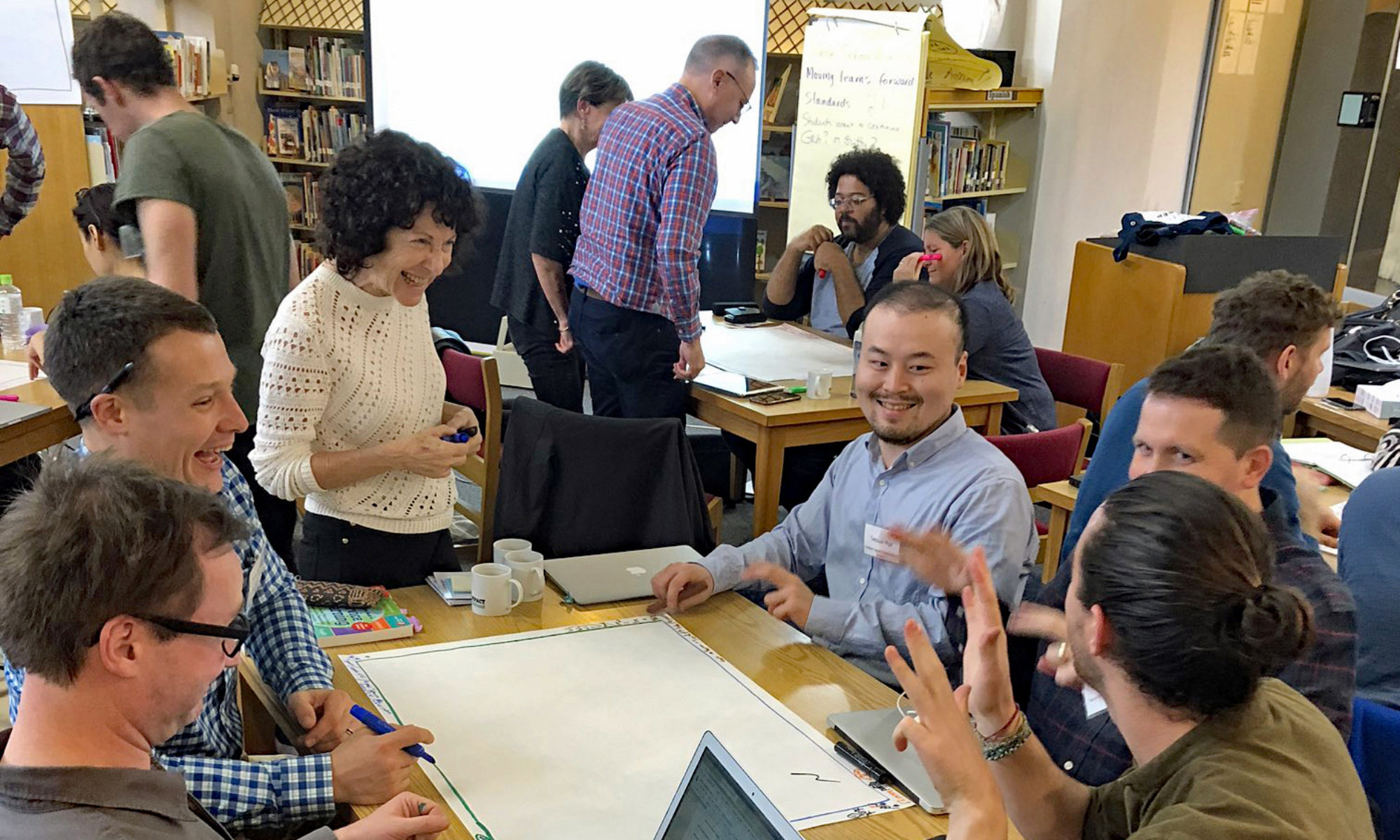All around is the buzz from a new school year starting and I am somewhat envious. Heading back to classrooms, we may wear new shoes or be eager to meet new friends. There is wonder and awe about this place we call school and what these miracle makers (teachers) have in store for us. Our senses awaken with colors and scents, announcements and bells. My granddaughter had her first taste of returning; for her it was to preschool, to a higher age group, and being a “big girl,” she knows that now there are children younger than her, along with her new classroom and teacher.
While watching this from afar, i.e., not from inside the walls of a school with recurring role of teacher, administrator, support staff, or any other position that keeps the wheels of education moving forward, I have three modest recommendations.
- Notice everything. That’s actually an impossible task, however, in the aiming we can be more present. Silent. Attentive. In my own process, becoming still allows me to be more cognizant of what is right in front of me and on the edge of the horizon.
Leading a daylong service learning workshop with about 100 New York City educators, towards the end of the session I invited them to stand by the long bank of windows – we were on the 8th floor with a significant view. I led this experience:
- Take a moment to look; notice something.
- Keeping your gaze in this same direction, notice something you didn’t see the first time.
- Staying with that view, notice something you didn’t see the two previous times.
- Now, can you see a connection between what you were noticing and what we have been experiencing together today.
The conversation was uplifting, describing both the “layers of seeing” and finding a relationship with our work.
“There’s a park with a few trees that have a multitude of green colors. With service learning we can bring out various shades and tones of learning we might otherwise have missed.”
“The way the light is hitting the windows on the building across the way creates unexpected patterns. When we allow for youth voice in service learning, surprises are inevitable.”
One teacher said, “I spend all my time trying to get students to stop looking out the windows. I am changing that now.”
- Embrace joy. We often hear, “It’s the little things.” That’s how it is – the small moments add up to what I am calling joy, the uplifting of our spirit mixed with appreciation and gratitude. Especially when on the edge of feeling a mite overwhelmed, add up the minutiae and welcome joy.
Evidence suggests that we can actively choose to practice gratitude— and that doing so increases our happiness and improves relationships and personal well-being. Keeping a gratitude journal of these precious “small” moments can improve physical health and improve a person’s outlook; entries can be every day or a few times a week. Try this yourself! If beneficial, introduce to your students and let them see what happens. For more resources on gratitude, see below.
- Breathe. We breathe all the time, obviously, as part of our autotomic nervous system, so we can ignore our breath all together and be confident it will keep on happening. With awareness, breathing becomes what grounds us. As life speeds around us, aspects of who we are and how we are in the moment can seem to dissipate in the ether sphere. With a conscious breath we can come back to ourselves, reminded of who and how we are, and have an easier time with “noticing everything” and “embracing joy.”
I often share in my workshops how we take about 25,000 breaths every day. However, as poet Maya Angelou said, “Life is not measured by the number of breaths we take, but by the moments that take our breath away.”
Whether you enter this time of year as students, educators or in a myriad of support roles, what you do matters deeply. I applaud you and send California sunshine and “good vibes” for this beginning. Always, our team is here to provide support, resources, and practical ways to bring connected learning to life.
For more resources on Gratitude from our Social and Emotional Dynamics curriculum for classrooms and Advisory, email cathy@cbkassociates.com.
Stay in touch!
On Twitter @cbkaye
Register for an upcoming Getting Started: Foundations of Service Learning Course here:
September Cohort
October Cohort
Yours in service,
Cathy
Cathryn Berger Kaye, M.A.
CBK Associates
